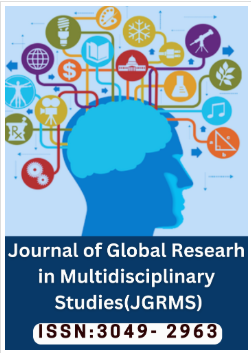Emerging Trends and Tools in the Modern Software Development Life Cycle: A Survey of Strategies for Modern Engineering
Main Article Content
Abstract
The Software Development Life Cycle (SDLC) has undergone dramatic change that has seen the end of rigid and linear approaches to software development and has replaced them with dynamic and iterative approaches to software development, heavily dependent on technology. The paper is a review of thought processes and tools that define new-fangled SDLC practice. It starts by looking at the conventional models, including the Waterfall and V-Model, that focus on sequential development and voluminous documentation. As the requirements of agility, speed/ agility, and customer focus have increased, approaches to meet these demands have become more focused on Cross-functional integration, iterative delivery, and continuous integration/continuous deployment (CI/CD), leading to the increase in the popularity of methodologies such as Agile, Scrum, and DevOps. Adoption of new technologies, such as machine learning (ML) and artificial intelligence (AI), cloud computing, adoption, and containerization, is also discussed in the paper and redefining the design, development, testing, and maintenance of software. There is also a focus on modern approaches of testing, such as shift-left and shift-right testing, which improve the quality of software and increase delivery. The paper also indicates the environmental and ethical factors that shape the sustainable practices in software engineering. This review can be of interest to researchers, developers, and industry professionals who have to look into the future of software engineering and are interested in receiving a complete picture of modern SDLC strategies and tools.
Downloads
Article Details
Section

This work is licensed under a Creative Commons Attribution-NonCommercial 4.0 International License.
How to Cite
References
10.5281/zenodo.16777899

